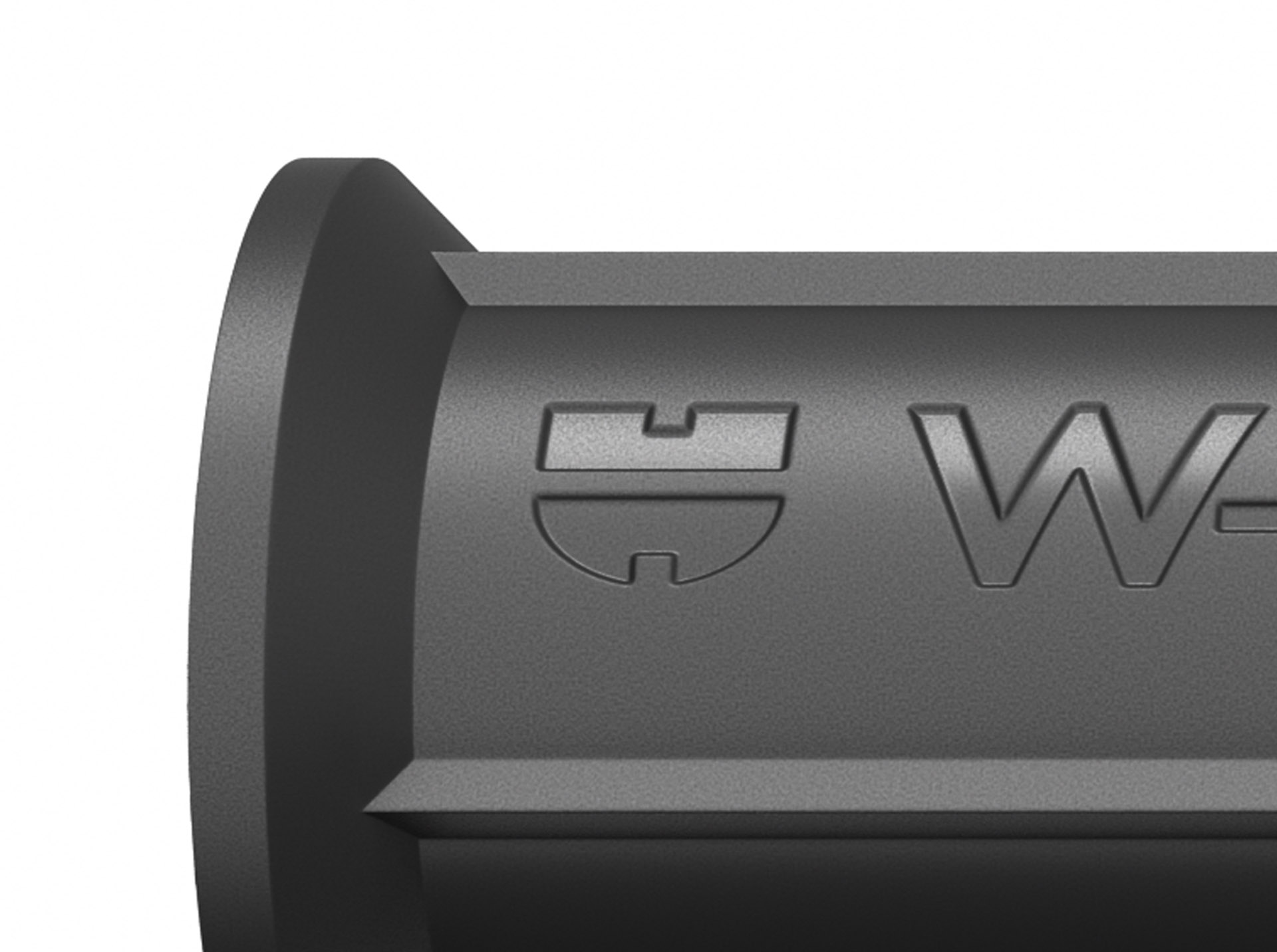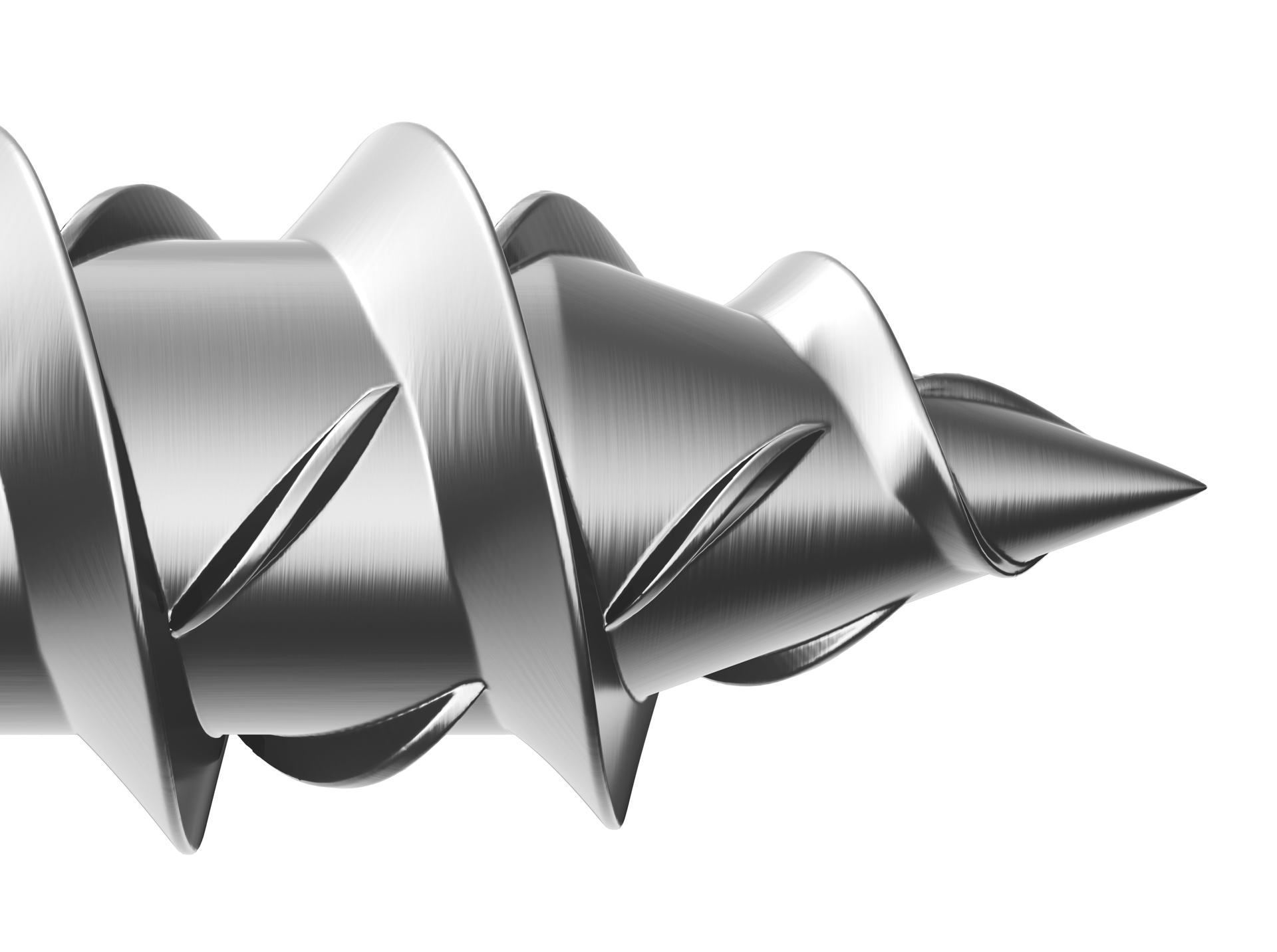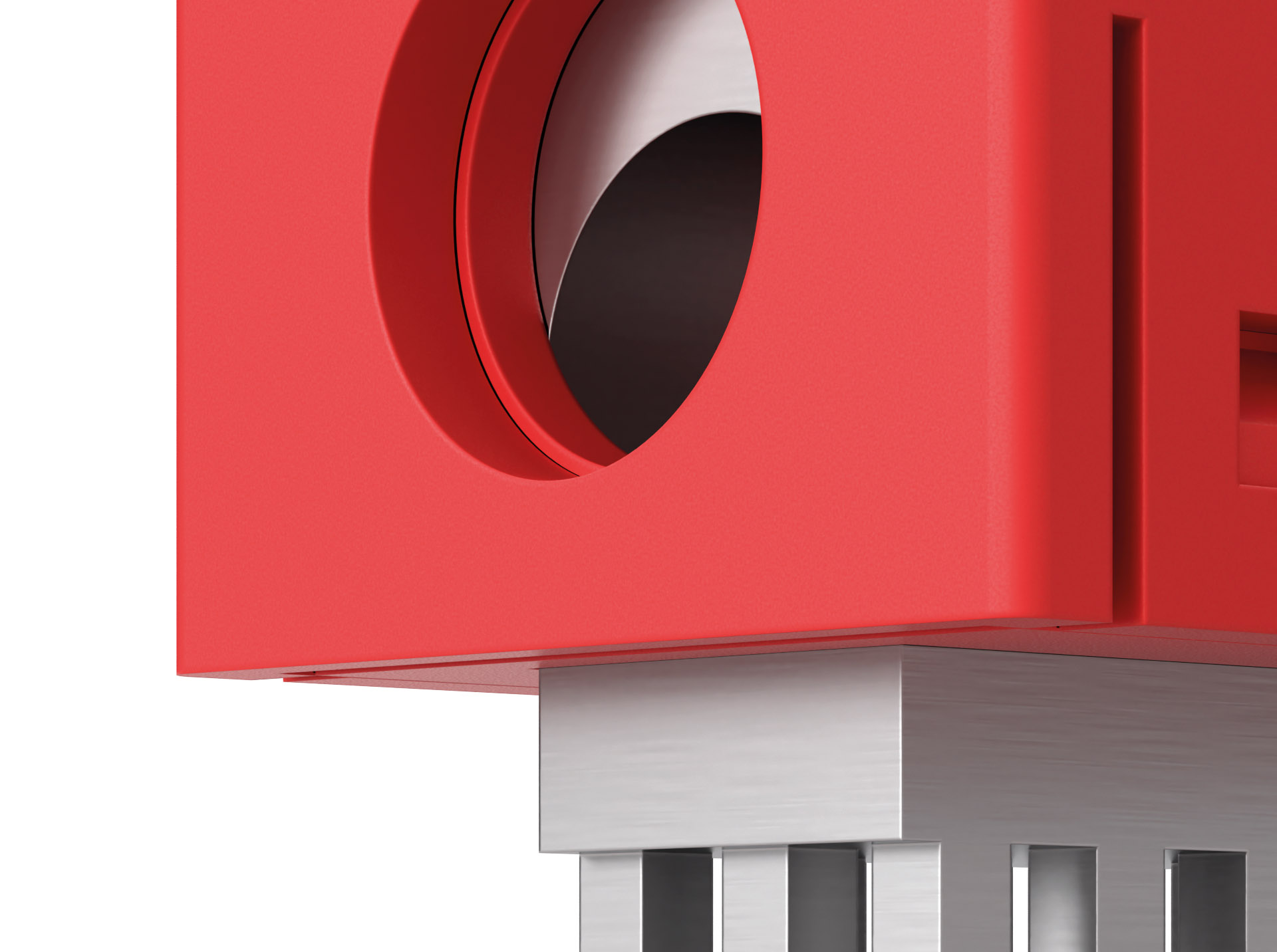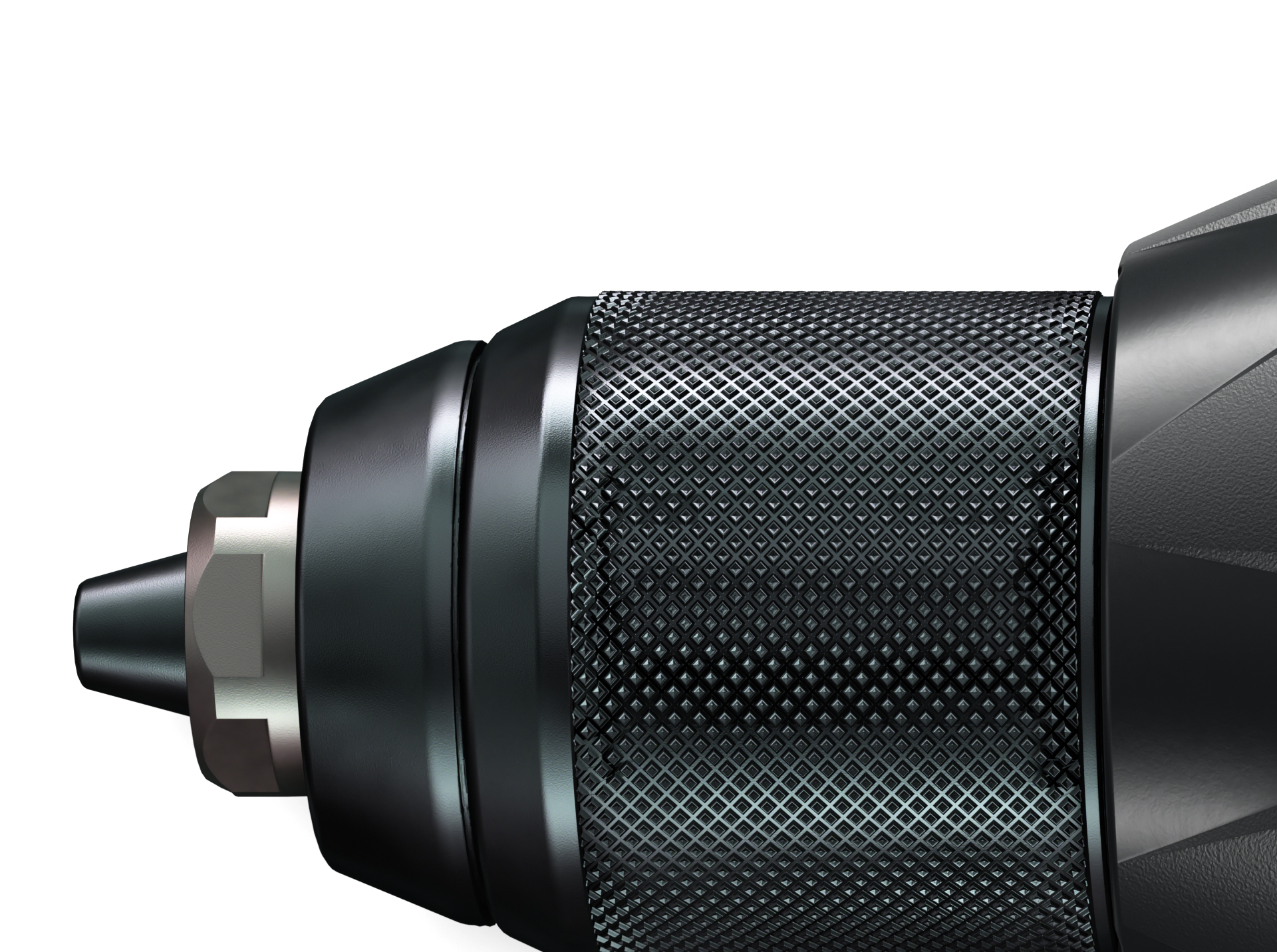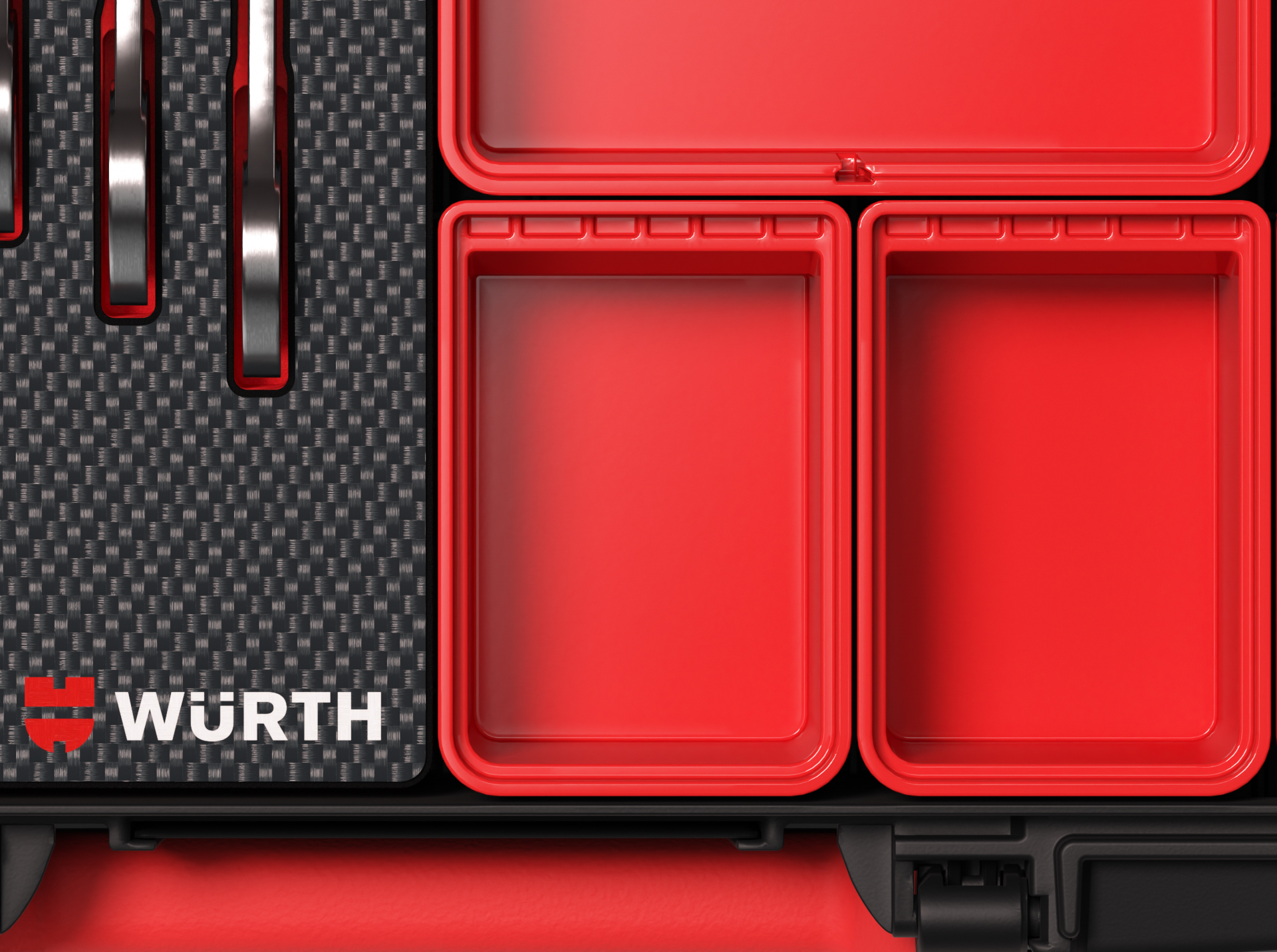An anchor lab will be part of the new Würth Innovation Center at the Group’s site in Künzelsau-Gaisbach. What is going to happen in this anchor lab?
Our anchor lab of 1,450 m2 will become one of the world’s largest integrated test laboratories for professional fastening technology and component testing. It will contain various installations for testing fastening systems and the use of application tools such as impact screwdrivers or mortar application guns. The tests can be carried out with dynamic loads of up to 2 MN, i.e., around 200 tons of weight. Earthquake loads of 280 bar can also be simulated. A large portal frame and clamping floors are used for the analysis of fastening and bridge rehabilitation systems.
Earthquakes are simulated in the labs. How about extreme temperatures?
Würth develops, produces, and sells fasteners for worldwide use. Thermal ovens and a climate chamber cover the different global temperature ranges from -40 °C to +120 °C. Würth has long operated a lab accredited in accordance with DIN EN ISO/IEC 17025. This test lab will also be integrated into the test hall and allow for tests on large components that will be relevant for technical approvals, making Würth more independent of the capacities of external service providers. The anchor lab is located in the direct vicinity of mechatronics test rooms and laboratories for application testing. This means we can test entire and related applications in an interdisciplinary manner and from the customer's point of view.
Roughly 250 employees from Adolf Würth GmbH & Co. KG’s product development, the Group’s production companies and external scientists from different universities will be researching new products at the Würth Innovation Center. What will their cooperation look like in concrete terms?
In the Innovation Center we will combine scientific research with the manufacturing and application expertise of the market. To do this, we involve our partners on site. This means interdisciplinary innovation workstations will be available in direct proximity to laboratory and test areas, and everyone involved will have access to a high-performance central workshop. The close proximity and synergies between specialist know-how and experience will result in new application solutions that are more targeted and can be identified faster than before. On a total of around 6,000 m² of laboratory, test and practical spaces, employees from Würth product development will work directly with specialists from selected Würth production companies and research staff from our partner universities. Variable access protection systems ensure both an innovation-promoting open-space culture and appropriate protection of intellectual property. The Innovation Center also offers the possibility to involve key customers in processes in the development environment.
Shark ISO is Würth’s newest anchor on the market. What makes it so special?
The Shark ISO is an insulation anchor with innovative features. It can be used for all common pressure-resistant insulation materials and can be installed without pre-drilling. The Shark ISO is also available as a mounting kit. This kit allows our customers to fasten rainwater downpipes in suitable full thermal insulation systems in a single work step. Normal plaster and sealing layers are pierced directly with the reinforced special plastic. Of course, this solution is also available with stainless steel components and a collar.
What are you focusing your research on in the field of anchors?
Würth is developing a wide variety of anchor systems for all relevant substrates. Take, for example, the ceiling attachment of insulation panels in underground garages. There, it is not only the load capacity that matters. If hundreds of fasteners are needed to attach these panels, then you need something that can be installed quickly. And you need a fastener with tested fire resistance. Now, if the insulation technology changes, we anticipate the need to adjust the anchor.
Würth has hundreds of different anchors and fastening systems in its range: Which one has yet to be invented for the future? Will the IoT play a role in the future?
There are still lots of anchors that need to be developed. Of course, I am not yet allowed to say which ones. However, I can already tell you that Würth will soon make fastening in lightweight walls and drywall much faster and more convenient with an inconspicuous-looking anchor. This will be a big step forward for our users. And, of course, this product will also have an approval. Will intelligent anchors and the Internet of things (IoT) play a role? In principle, the answer is: yes, of course! This technology will permeate almost all areas of life. Who would, at the turn of the millennium, have expected that coffee machines and normal supermarket price tags would be linked one day? So let us assume that special attachment points can even interact with their environment... no, I cannot let that secret out yet. Of course, Würth has already filed patents for its own developments in the field of anchors and IoT.



